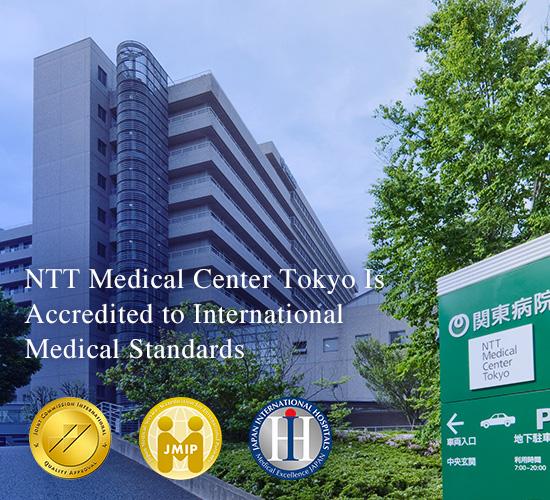Tokyo – Japanese hospitals are facing mounting financial pressure as soaring costs push nearly 60% of medical institutions into the red, according to a recent report by the Asia News Network. The surge in expenses, driven by rising prices for medical supplies, energy, and labor, is straining hospitals’ budgets and threatening the stability of healthcare services across the country. This troubling trend underscores the growing challenges within Japan’s healthcare system amid an aging population and escalating demand for medical care.
Rising Operational Costs Strain Japan’s Healthcare Facilities
Japan’s healthcare system is grappling with escalating expenses, as rising prices for essential supplies and utilities put unprecedented financial pressure on hospitals nationwide. Medical facilities are facing surging costs in areas such as medical equipment maintenance, pharmaceuticals, and energy consumption. Many institutions, especially smaller regional hospitals, report that these cost increases are outpacing government subsidies and insurance reimbursements, pushing their budgets into the red. As a result, nearly 60% of hospitals now report operating losses, threatening the stability and accessibility of medical services for communities across the country.
Key factors contributing to these financial strains include:
- Sharp increases in electricity and gas bills, driven by global energy price hikes
- Rising procurement costs for medicines and surgical supplies amid supply chain disruptions
- Labor shortages leading to higher wages and intensified overtime expenses
- Inflationary pressures on food and cleaning services necessary for patient care
| Category | Cost Increase (%) |
|---|---|
| Energy Bills | 28% |
| Pharmaceuticals | 15% |
| Medical Supplies | 22% |
| Labor Costs | 18% |
Impact of Inflation on Hospital Services and Patient Care
Inflationary pressures have significantly strained Japan’s healthcare infrastructure, with hospitals facing soaring costs for medical supplies, utilities, and staffing. This financial burden has forced approximately 60% of hospitals to operate in the red, jeopardizing the quality and accessibility of patient care across the nation. Rising expenses compel hospitals to implement difficult cost-cutting measures such as reducing non-essential services, limiting patient admissions, and postponing critical facility upgrades. These changes not only hamper operational efficiency but also elevate the risk of compromised care for patients, especially in underfunded rural areas.
The ripple effects of inflation are evident in several key areas, as outlined below:
- Increased treatment costs: Hospitals pass higher operational expenses onto patients, intensifying financial barriers to care.
- Staff shortages: Budget constraints limit competitive salaries, contributing to workforce attrition in nursing and support roles.
- Deferred equipment upgrades: Essential medical devices remain outdated, affecting diagnostic accuracy and treatment efficacy.
| Expense Category | Year-over-Year Increase | Impact on Services |
|---|---|---|
| Medical Supplies | 8% | Reduced stockpiling, frequent shortages |
| Energy Costs | 12% | Cutbacks on non-critical usage |
| Staff Wages | 5% | Hiring freezes, increased burnout |
Strategies for Financial Recovery and Policy Support in the Health Sector
As hospitals across Japan grapple with soaring operational costs, targeted financial recovery measures have become essential to sustain healthcare delivery. A multi-pronged approach emphasizing increased government subsidies, renegotiation of drug and equipment prices, and the implementation of efficiency-driven technologies are critical. Financial aid packages aimed at reducing deficits should prioritize facilities in high-risk regions, enabling them to stabilize operations while exploring innovative care models.
Policy support must also focus on empowering hospitals through regulatory flexibility and strengthened public-private partnerships. Key strategic elements include:
- Expanded insurance reimbursements to better reflect actual cost burdens
- Incentives for digital transformation to cut administrative expenses
- Targeted grants for capital improvements and workforce training
- Monitoring frameworks to ensure accountability and optimize fund allocation
| Strategy | Expected Impact | Timeframe |
|---|---|---|
| Government Subsidies Boost | Reduce hospital deficits by ~30% | Short-term (6-12 months) |
| Price Negotiation for Supplies | Lower procurement costs by 15% | Mid-term (1-2 years) |
| Digital Health Initiatives | Improve operational efficiency by 25% | Long-term (2-5 years) |
Concluding Remarks
As Japan’s hospitals grapple with soaring costs and dwindling revenues, the financial strain threatens to undermine the country’s healthcare system at a critical time. With 60 percent of facilities now operating in the red, urgent policy interventions and sustainable funding models will be essential to ensure that medical institutions can continue to provide quality care to a rapidly aging population. The coming months will be pivotal in determining whether Japan can curb this alarming trend or face further deterioration in healthcare accessibility and outcomes.




